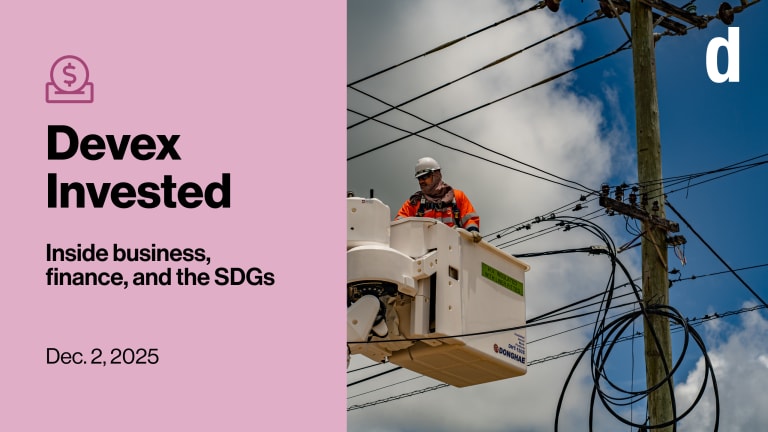Less than a week ago, delegates attending the Asian Development Bank’s annual meeting gathered to listen to President Takehiko Nakao’s inaugural address to the bank’s board of governors in Astana, Kazakhstan.
The usual priorities —inclusive and sustainable growth, infrastructure development and partnerships — were there, but the degree of introspection was noteworthy for an institution that prefers to focus on its work rather than engage in internal debate over how that work is done. Aware of Asia-Pacific’s rapidly evolving development landscape, and likely propelled by World Bank President Jim Kim’s ambitious reform agenda, the ADB chief acknowledged the bank needs to “reform itself.”
Nakao said the key is innovation, and he highlighted how the Manila-based institution will pursue new paths to mobilize its financial resources by combining the Asian Development Fund with the balance sheet of its Ordinary Capital Resources, make its institutional processes more efficient and effective, “go local” by delegating more work to resident missions, and empower employees to hone in on their talents to provide a better service to clients.
This story is forDevex Promembers
Unlock this story now with a 15-day free trial of Devex Pro.
With a Devex Pro subscription you'll get access to deeper analysis and exclusive insights from our reporters and analysts.
Start my free trialRequest a group subscription







